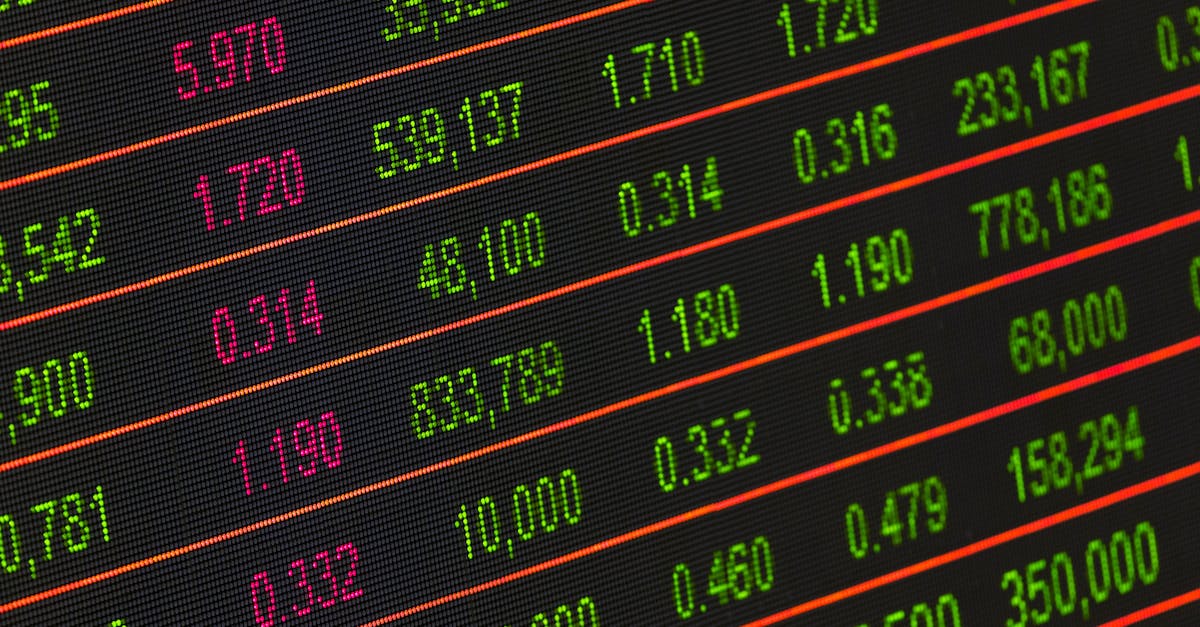One of Wall Street's worst performers of the day is Dollar Tree, Inc., a discount store company whose shares have slumped -10.2% to a price of $149.01, 13.68% below its average analyst target price of $172.62. The average analyst rating for the stock is buy. DLTR underperformed the S&P 500 index by -11.6% as of today's premarket session, but outpaced it by 70.8% over the last year with a return of 63.9%.
Dollar Tree, Inc. is considered a consumer defensive, or non cyclical consumer company. This sector includes the packaged foods, grocery store, tobacco, and personal product businesses. The idea behind their so-called defensiveness is that their sales -- and by extension, their stock prices -- tend to remain stable during periods of economic recession.
This is because consumers tend to buy staples even when they see their discretionary income reduced. They will cut spending in other areas before they cut their spending on staples. The share prices of these companies tend to remain stable during periods of economic growth too, so their reduced volatility involves a possible trade off with respect to performance potential.
As of the second quarter of 2022, the average Price to Earnings (P/E) ratio for US consumer defensive companies is 24.04, and the S&P 500 has an average of 15.97. The P/E ratio consists in the stock's share price divided by its earnings per share (Eps), representing how much investors are willing to spend for each dollar of the company's earnings. Earnings are the company's revenues minus the cost of goods sold, overhead, and taxes.
Dollar tree, inc.'s trailing 12 month P/E ratio is 22.9, based on its trailing Eps of $6.52. The company has a forward P/E ratio of 16.4 according to its forward Eps of $9.07 -- which is an estimate of what its earnings will look like in the next quarter.
Studying a company's earnings can give investors much more than just insight into its stock's valuation. By looking at earnings growth over time and comparing it to revenue growth, we can see the evolution of the company's profit margins, which we can then use to make inferences about the company's competitive advantage in its market. Dollar tree, inc.'s year on year (YOY) quarterly earnings are growing at a rate of 48.1% and its YOY quarterly revenues are increasing at a rate of 6.5%.
Since the earnings growth rate is higher than the revenue growth rate, we can deduce that the company's profit margins are widening. Companies can increase their earnings at a faster rate than their revenue by reducing their tax liability, raising prices, or cutting their overhead or the cost of goods sold.
In contrast with earnings, gross profits are calculated on the basis of the company's cost of goods sold (i.e. cost of labor and materials only) subtracted from sales revenues. Significant gross profit margins shed light on how much freedom the company has in setting the prices of its products. A wider gross profit margin indicates that a company may have a competitive advantage, as it is free to keep its product prices high relative to their cost. In DLTR's case, the gross profit margins are 30.4%, from which we can infer that its competitive advantage is probably not absolute, and is facing some pricing pressure from other companies within the same market.
The revenues and earnings related to sales are only a part of the financial puzzle of large corporations, which have many costs and expenses arising independently from their core business: cost of maintaining debt, rent payments, return on capital investments, depreciation, etc. When all of these separate cash flows are taken into account, we are left with the company's levered free cash flow, which for Dollar Tree, Inc. is $83,287,504.
This represents the amount of money that is available for reinvesting in the business, or paying out to investors in the form of a dividend. With a positive cash flow, DLTR is in a position to do either -- which can encourage more investors to place their capital in the company.
Another valuation metric for analyzing a stock is its Price to Book (P/B) Ratio, which consists in its share price divided by its book value per share. The book value refers to the present liquidation value of the company, as if it sold all of its assets and paid off all debts). Dollar tree, inc.'s P/B ratio is 4.1 -- in other words, the market value of the company exceeds its book value by a factor of more than 4, which is in line with the average P/B ratio of the Consumer Defensive sector, which stands at 4.06 as of the second quarter of 2022.
Dollar Tree is likely fairly valued at today's prices because it has a low P/E ratio, an average P/B ratio, decent profit margins, an analyst consensus of some upside potential, and positive cash flows. We hope this preliminary analysis will encourage you to do your own research into DLTR's fundamental values -- especially their trends over the last few years, which provide the clearest picture of the company's valuation.
Thanks for reading! For more daily equity analysis, subscribe to our free nwesletter!


